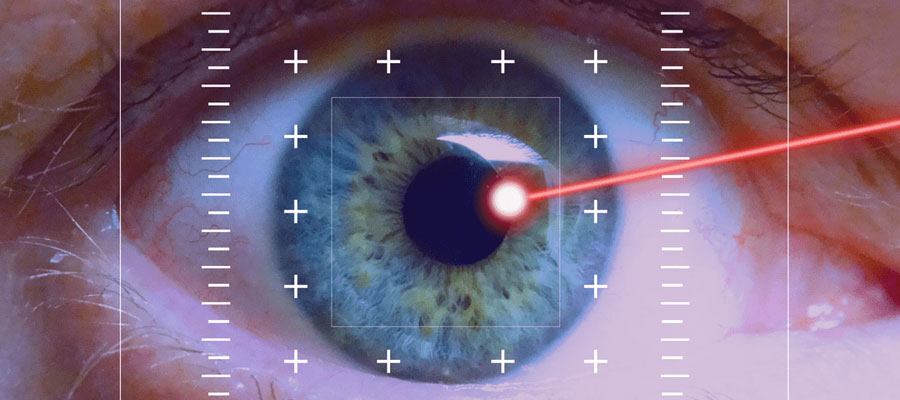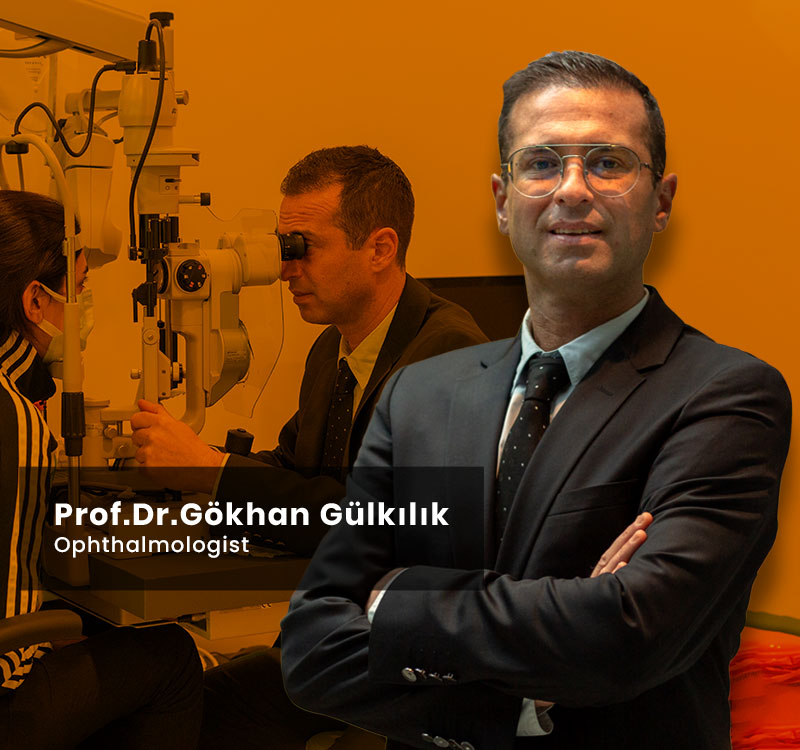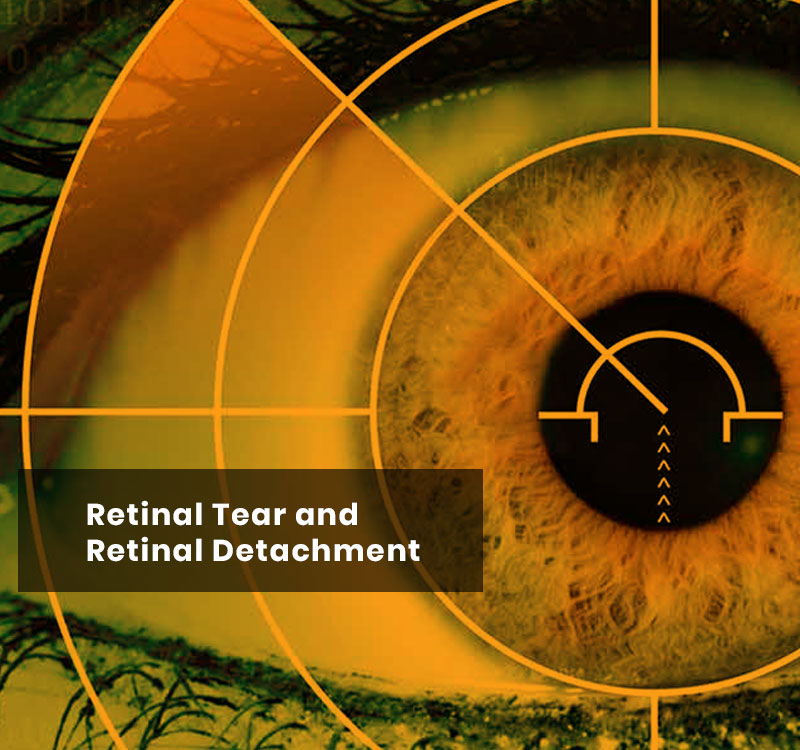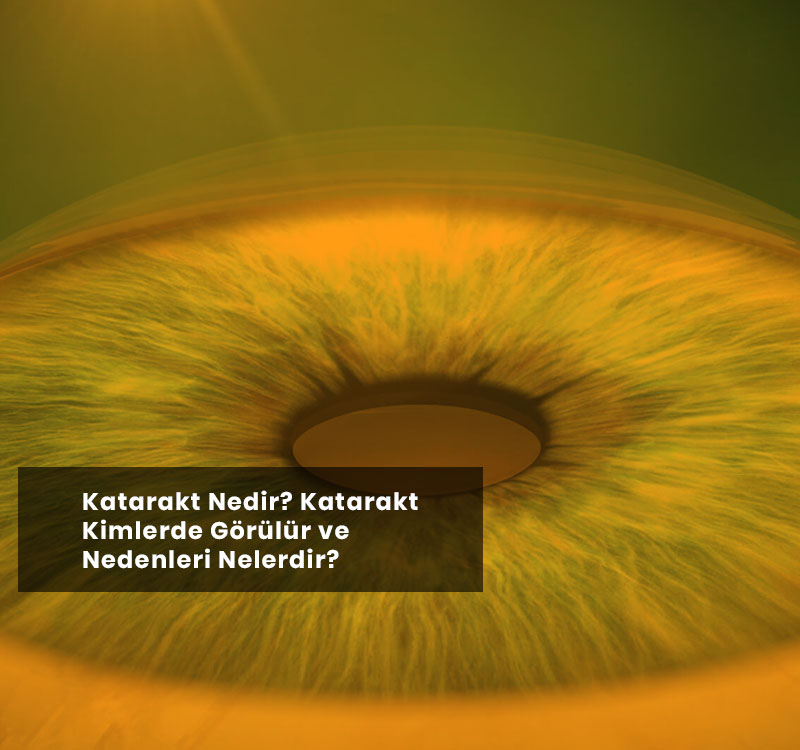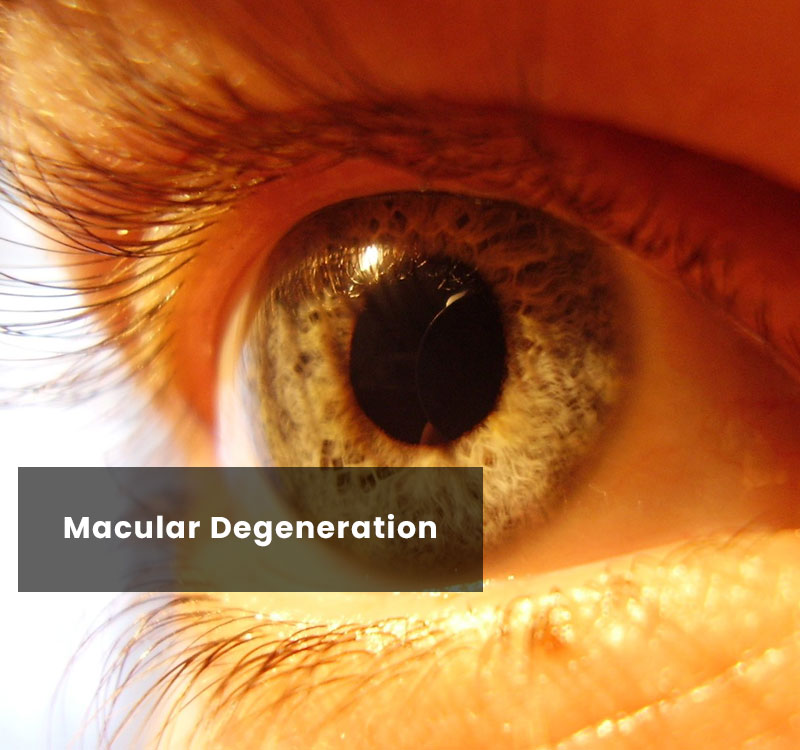ABOUT ME Prof.Dr.
Gökhan Gülkılık
Prof.Dr.Gökhan Gülkılık was born in Istanbul in 1974. He completed his secondary and high school education at Istanbul Kultur College.
He graduated from Marmara University Faculty of Medicine in 1999.
After completing his specialty education at Istanbul Vakıf Gureba Training and Research Hospital in 2003, he worked in the branches of cataract, glaucoma, medical retina and vitreoretinal surgery.
Between 2008 and 2011, she continued her work as the retina unit manager at Şişli Etfal Training and Research Hospital.
He became an associate professor in 2010.
In 2011, he transferred to Istanbul Medipol University, where he served as the head of the department for 3 years.
Between 2017-2020 Prof.Dr. He continued his studies and lectures at Medipol University.
2020 - He established the Retina Academy Eye Clinic and continues his studies here.
Bize Ulaşın !
HASTALIKLAR
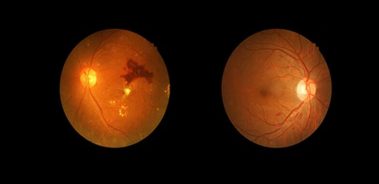
Diabetic Retinopathy (Retinal Damage Due To Diabetes)
What is Diabetic Retinopathy? Diabetic Retinopathy; The thin nerve layer that surrounds the inner surface of the eye like a sheet and creates visual signals is called the retina. The retina is nourished by a large number of thin retinal vessels. High blood sugar in diabetes damages the retinal vessels over time. As a result, the nutrition of the retina is disturbed, bleeding and edema (fluid accumulation) occur. The retina cannot fulfill its function, so vision loss occurs. If not treated on time, irreversible vision loss, ie blindness, may occur. Diabetic retinopathy is one of the leading causes of blindness. As in the whole world, the incidence of diabetes and diabetic retinopathy is increasing in Turkey and continues to be a serious public health problem. What are the risk factors for diabetic retinopathy? Anyone with diabetes is at risk for the development of diabetic.. DAHA FAZLA
Retinal Tear and Retinal Detachment
What is retinal detachment? Retinal Tear and Retinal Detachment; The thin nerve layer that surrounds the inner surface of the eye like a sheet and creates visual signals is called the retina. The gel substance that fills the inside of the eye is called the vitreous. The vitreous is normally attached to the retina. With increasing age, the gel substance liquefies and shrinks. When these changes reach a certain stage, the gel substance begins to separate from the retina. As the vitreous separates, it makes retraction on the retina from the places where it is tightly adhered. Retinal separation is mostly due to the tear that occurs in the retina and the leakage of fluid under the retina from this tear. Retinal detachment, on the other hand, is a disease that occurs as a result of the separation of the retina from the tissue to which it is attached. In retinal detachment, the nutri.. DAHA FAZLA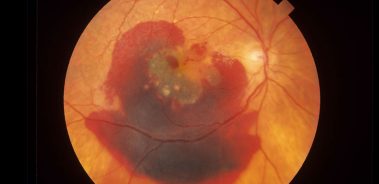
Yellow Spot Disease
What is Yellow Spot Disease (Age-Related Macular Degeneration)? Yellow Spot Disease; Age-related changes in our body prepare the ground for the formation of some diseases. Yellow Spot Disease, known as macular degeneration, is one of them. The Macula is the name of the place in the center of the retina, which is the nerve layer of our eye, it is also called the yellow spot. We do most of our daily tasks, such as driving, reading, recognizing faces, watching television, thanks to the detailed vision formed by the macula. When a disease occurs in our macula, our central vision is impaired and we find it difficult to perform tasks that require detailed vision. In macular degeneration, age-related changes in our macula damage the visual cells and impair our vision. In whom does macular degeneration occur? The most important risk factor for macular degeneration is advancing age. The.. DAHA FAZLA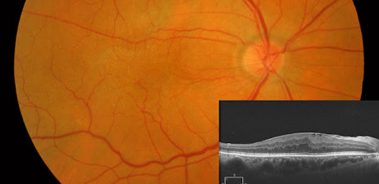
Epiretinal Membrane
What is the epiretinal membrane? Epiretinal Membrane; The Macula is the name of the place in the center of the retina, which is the nerve layer of our eye, it is also called the yellow spot. For a clear vision to be formed, the macula must be in its natural shape. The thin membranous tissue formed on the macula is called the epiretinal membrane. This membrane wrinkles over time and distorts the shape of the macula. This causes complaints such as distorted and blurred vision. Although it is usually in one eye, it can be detected in both eyes at a rate of 10-20%. In whom and why does the epiretinal membrane occur? The epiretinal membrane often develops due to changes in the normal aging process in the eye. In fact, in healthy individuals, there is a 2% risk of development over the age of 50, and 20% over the age of 70. However, it is usually not noticed because it does not cause .. DAHA FAZLA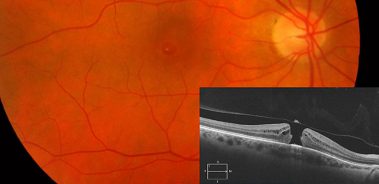
Macular Hole
What is a macular hole, in whom is it seen? Macular Hole; The Macula is the name of the place in the center of the retina, which is the nerve layer of our eye, it is also called the yellow spot. We do most of our daily tasks, such as driving, reading, recognizing faces, watching television, thanks to the detailed vision formed by the macula. When a hole develops in our macula, our central vision is impaired and we find it difficult to perform tasks that require detailed vision. A macular hole is usually caused by the decomposition of the gel layer that occurs in people over the age of 50. As the gel layer of the eye is separated from the macula, the remaining gel particles shrink and may cause the formation of a shrinkage hole in the macula. A macular hole can also develop in young people after eye trauma. What are the symptoms in the macular hole? In the case of a macular.. DAHA FAZLA
Cataract Treatment
What is cataract? In whom does cataract occur? And what are the causes? Cataract treatment is a disease of the eye lens (lens), which is located just behind the pupil and allows the image to be focused on the eye. The lens of the eye is a transparent structure made up of proteins. As age progresses, the structure of these proteins changes and they lose their transparency. As a result, light reaches the back of the eye more difficult. The loss of transparency and clouding of the lens is called cataract. Although cataract is usually seen in advanced ages, it can also be seen in young and middle ages and sometimes it can be congenital. The most common cause of cataract is the change in the structure of the eye lens with advancing age. Moreover, some metabolic diseases such as diabetes can occur with long-term use of certain drugs, and after trauma. What are the symptoms of catara.. DAHA FAZLABLOG
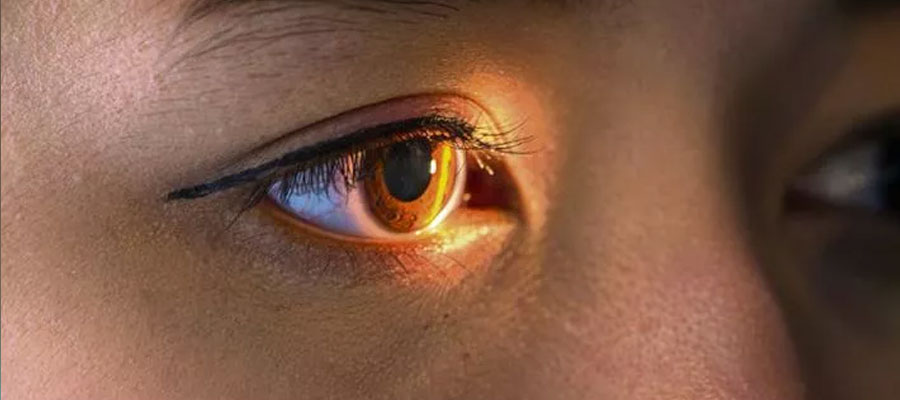
Retinal Vein Occlusion
What Is Retinal Vein Occlusion? Retinal Vein Occlusion; The thin nerve layer that surrounds the inner surface of the eye like a sheet and creates visual signals is called the retina. Nutrition of the retina is provided by the retinal vascular system. The veins that take blood from the retina and carry it back to the body's vascular system are called retinal veins. The occlusions that occur in these veins are called retinal vein occlusion. If the occlusion occurs in the main vein, it is called 'central retinal vein occlusion' and if it occurs in the vein branches, it is called 'branch retinal vein occlusion'. What are the causes of retinal vein occlusions? The slowing of blood flow in retinal veins can cause thrombus formation and vein occlusion. Thrombus formation occurs due to reasons such as impaired blood flow, excessive blood coagulation, and damage to the inner surface of t.. DEVAMI